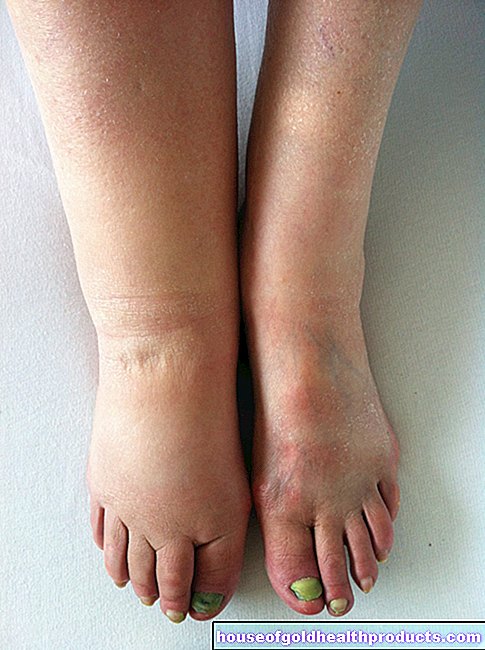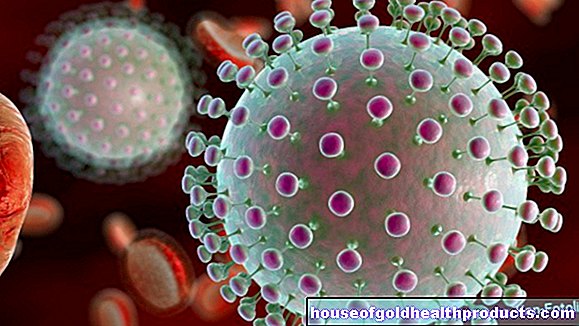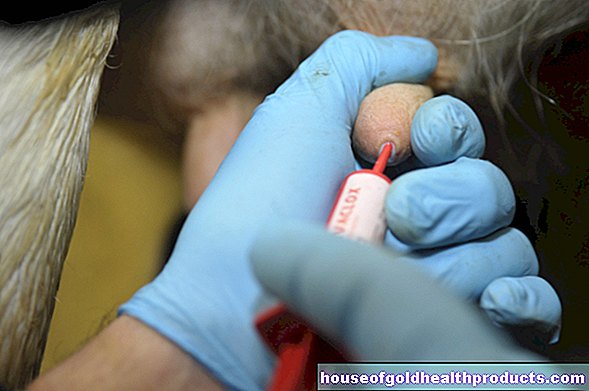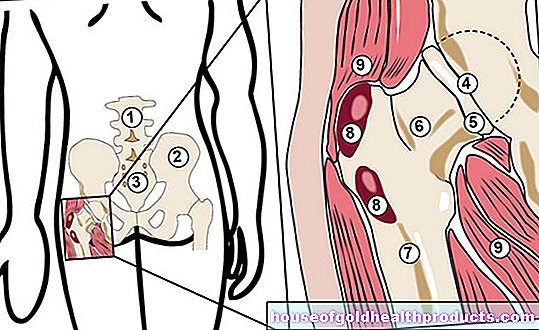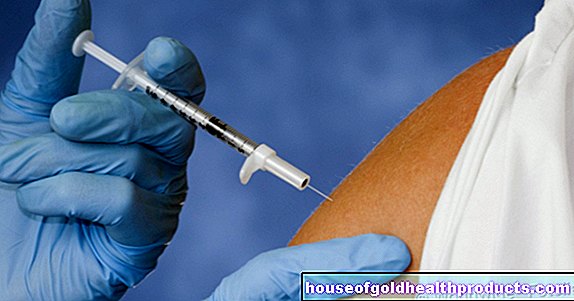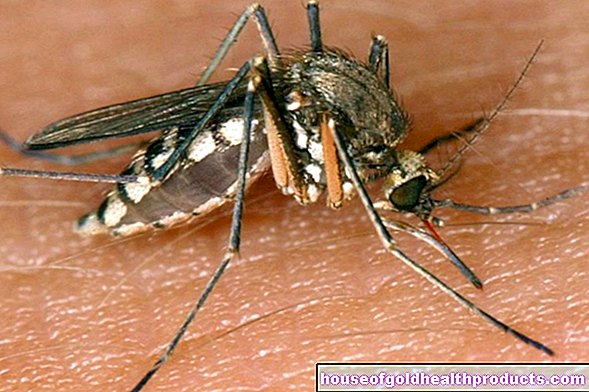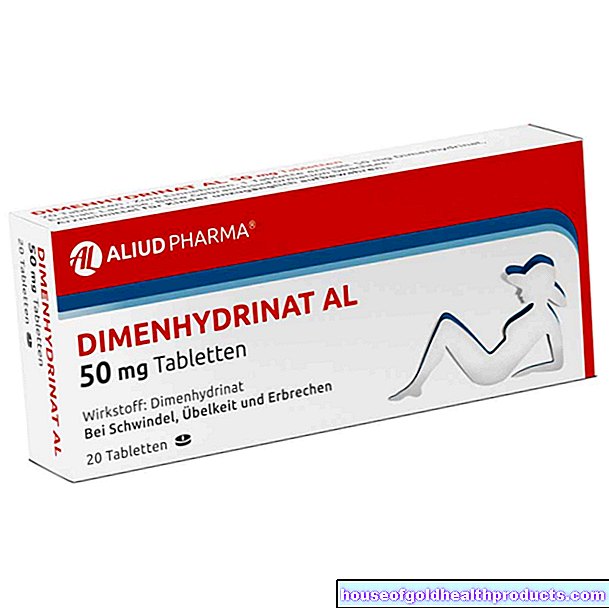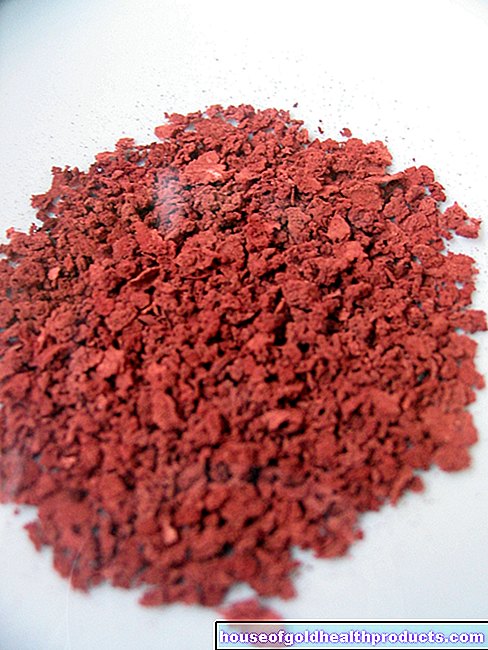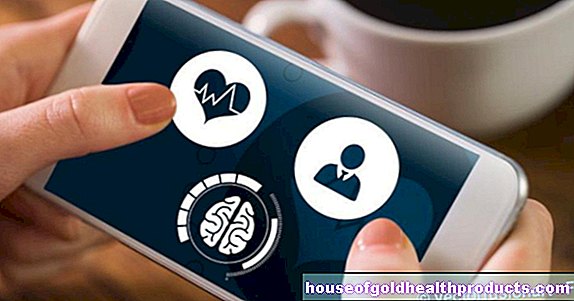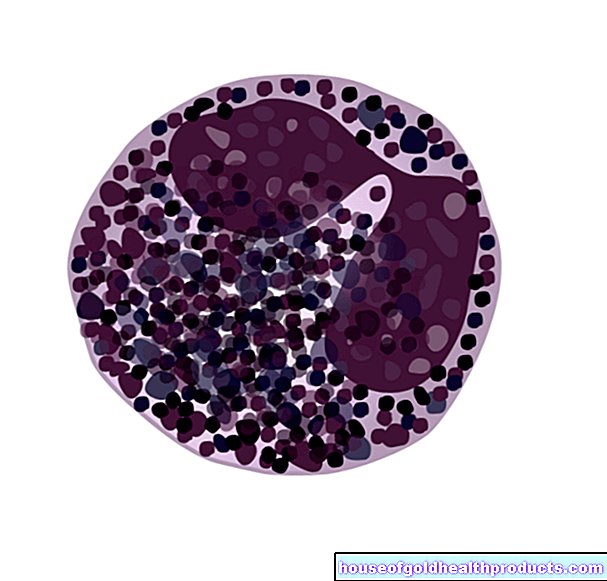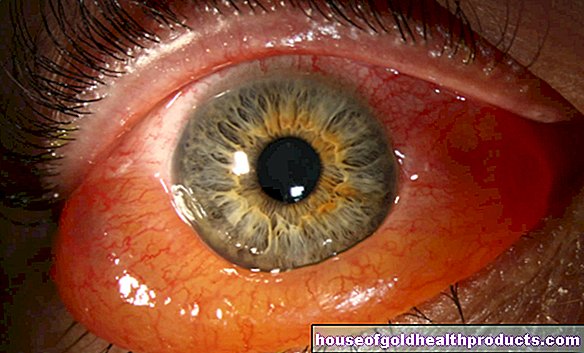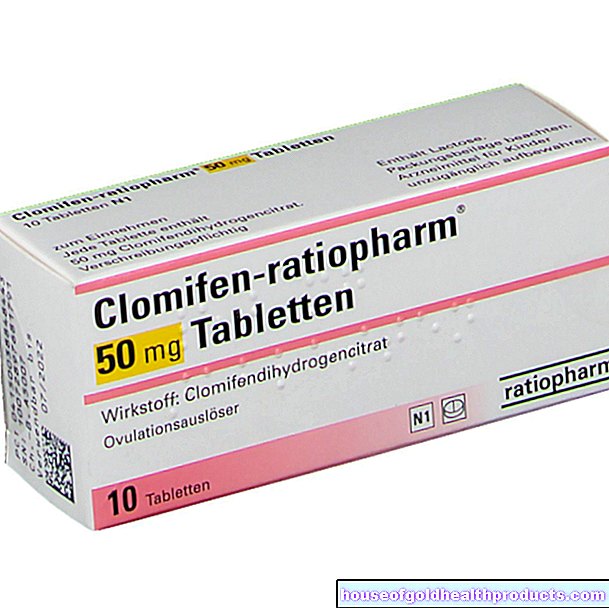Skin cancer: computer instead of doctor?
Larissa Melville completed her traineeship in the editorial team of . After studying biology at Ludwig Maximilians University and the Technical University of Munich, she first got to know digital media online at Focus and then decided to learn medical journalism from scratch.
More about the experts All content is checked by medical journalists.Malignant or Benign? An altered mole is always a cause for concern. So far it was then off to the dermatologist. But that could change soon: computers or even smartphones may make an initial diagnosis in the future.
Researchers led by Sebastian Thurn from Standford University have developed a computer program that uses photos to determine whether a mole is malignant or harmless. The researchers tested how well the program works with 370 photos of skin changes that had previously been clearly identified as good or malignant by means of a biopsy. 21 experienced dermatologists competed against the computer to find the diagnosis.
Computers are as good as doctors
The scientists were enthusiastic about the result: the doctors and the computer program performed equally well. They were right in just under 91 percent of the cases. "That shows how effectively the computer program works," emphasize co-author Andre Esteva and his colleagues. "The ability to pinpoint changes in the skin as precisely as a dermatologist has great potential. It can give many people access to vital medical services."
Behind the computer program is a learning algorithm developed by Google. The researchers trained this with the help of almost 130,000 labeled photos of various benign and malignant skin changes. Through the images, the program learned to recognize the typical characteristics of malignant melanoma and carcinoma.
App for the smartphone
The scientists' next goal: to make the program accessible to everyone - using a smartphone. "Everyone has a computer in their pocket that has a number of built-in sensors and a camera," says Esteva. "We could use the cell phone to search our skin for skin cancer or other diseases."
Before you can download a skin cancer app, however, the reliability of the algorithm has to be checked more closely, according to the researchers. "A rigorous evaluation of the algorithm is necessary before it is adopted in clinical practice and can then be used by doctors and patients alike," says co-author Susan Swetter. Even then, the smartphone app does not replace medical advice, but only provides an initial diagnosis.
Early detection is essential
Skin cancer is one of the most common forms of cancer in Germany. Early detection improves the chances of recovery extremely. If the affected skin area is removed early, they are 97 percent. Later they drop to 14 percent. You can also identify malignant moles yourself by regularly scanning your body for suspicious skin changes. If you discover an abnormality, you should make an appointment with a dermatologist. From the age of 35, the health insurances pay for an examination for skin cancer early detection every two years.
Here's another tip: To detect black skin cancer, you can use the so-called ABCDE rule. Each letter indicates a certain property that you can use to check your birthmarks and pigment spots:
A for asymmetry: If the shape of the spot is not round or oval, but asymmetrical, this is noticeable and skin cancer screening is recommended.
B for delimitation: A mole can usually be sharply delimited from the surrounding skin. If, on the other hand, the stain extends into the surrounding skin or looks fuzzy or washed out, this is noticeable and should be clarified by a skin cancer screening.
C for Colorit (color): If you can see different shades of color in the same spot, for example light brown and deep black, this is noticeable. Skin cancer screening gives you certainty.
D as in diameter: every birthmark that has a diameter of more than two millimeters must be observed.
E for sublimity: If a mole protrudes more than a millimeter above the surrounding skin, this also increases the likelihood that it is skin cancer.
Sources:
Esteva A. et al .: Dermatologist-level classification of skin cancer with deep neural networks. Nature. doi: 10.1038 / nature21056
Press release from Standford University from January 25th, 2017: Deep learning algorithm does as well as dermatologists in identifying skin cancer
Tags: pregnancy birth interview teenager
